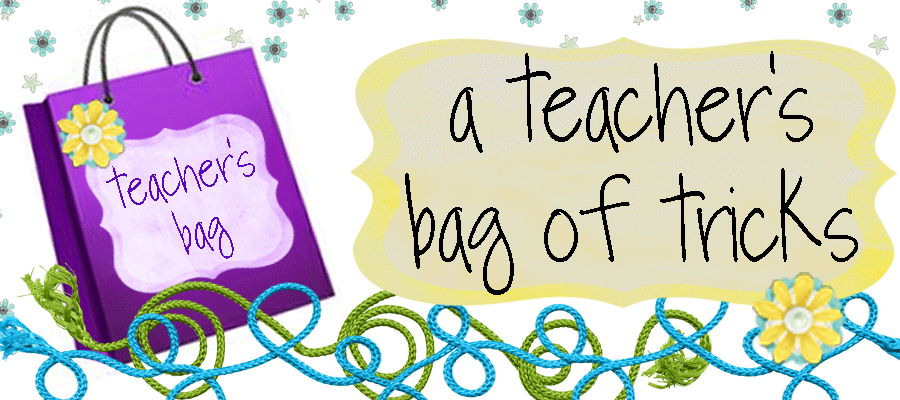I love poetry and trying to make it fun for students, so these activities were right up my alley. They are great for classroom teachers and TTOCs who are in for a day or more.
Poetry in the classroom:
Icebreaker:Before students arrive, write your favorite short poem on the board.
| • | As students enter the classroom, direct their attention to the poem. Explain to them why this poem is important to you. Point out the language and imagery that the poet uses and explain why it appeals to you. If the poem reminds you of a particular feeling or experience, share that with the class as well. |
| • | Ask volunteers to tell the class about poems they enjoy. (If students are stuck, remind them that song lyrics are also poetry.) Encourage students to tell what they like about their favorite poem. What do they think of when they read or hear it? |
| • | Then point to the poem on the board and ask, "Are you sure this is a poem? How do you know?" Invite students to brainstorm answers to the question. List student ideas on the board. |
| • | After students generate a short list of poem characteristics, ask students to work in pairs or small groups to think of more poems they like. Where do they see and hear poetry? How is poetry used in the world around them? |
If the intensity level gets high, you might want to encourage relaxation and good listening skills by having periodic "poetry breaks."
| • | Invite students to get comfortable and listen as you read a soothing poem. |
| • | Encourage students to pay attention to the images in the poem. Ask them to visualize the scenes and feelings that the poem describes. You can also have students sketch what they "see" as they listen to the poem. |
| • | Ask volunteers to share their ideas and drawings with the class. |
Create a poetry bank in the classroom! [or as a TTOC on your USB drive or binder/bag of tricks] Collect books of poetry and copies of poems and lyrics that students might enjoy. The class can use these poems as models and read them when they have free time.
Ask the school librarian for suggestions. Good starting points include:
| • | The Norton Anthology of Poetry by Margaret Ferguson | ||||||||||||||
| • | 100 Great Poems by Women by Carolyn Kizer | ||||||||||||||
| • | The Collected Poems of Langston Hughes by Langston Hughes | ||||||||||||||
| • | And Still I Rise: Poems by Maya Anglou What Is a Poem, Anyway? Materials: research materials, tape or CD player, and audio recordings What is a poem? Invite students to think about this question. Encourage them to use textbooks, library books, and other sources to help them explore.
Cracking the Code: Materials: a poem of your choice Choose a poem that has lots of interesting language and imagery, such as Robert Frost's "The Road Not Taken" or Rudyard Kipling's "If." Then invite the class to work together to "crack" the poem's "code."
|

No comments:
Post a Comment